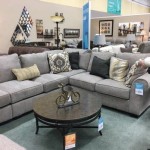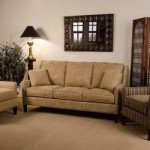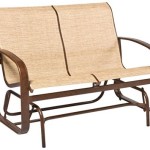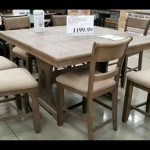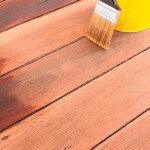Best Wood Glue for Furniture
When it comes to furniture making or repair, choosing the right wood glue is crucial for a strong and durable bond. With so many options available in the market, selecting the best glue can be overwhelming. This article will guide you through the types, features, and applications of wood glue for furniture, helping you make an informed decision.
Types of Wood Glue
PVA Glue: Polyvinyl acetate (PVA) glue, also known as white glue, is the most common type of wood glue. It is easy to use, dries clear, and provides a strong bond. However, it is not waterproof and can be affected by moisture.
Polyurethane Glue: Polyurethane glue, also known as yellow glue, is stronger and more water-resistant than PVA glue. It forms a flexible bond that can withstand stress and movement. However, it can be more difficult to clean up and may expand slightly during curing.
Epoxy Glue: Epoxy glue is a two-part adhesive that creates an extremely strong and durable bond. It is waterproof and resistant to chemicals. However, it can be more expensive and requires careful mixing and application.
Features to Consider
Strength: The strength of the glue is measured in pounds per square inch (psi). Higher psi indicates a stronger bond. For most furniture applications, a glue with a psi of 1,500 to 2,500 is sufficient.
Water Resistance: If the furniture will be exposed to moisture or humidity, it is important to choose a water-resistant glue. Polyurethane and epoxy glues offer good water resistance.
Curing Time: Curing time refers to the time it takes for the glue to fully bond. Curing times can vary from a few hours to several days, depending on the type of glue and the conditions under which it is used.
Applications
Assembly: For assembling furniture, PVA or polyurethane glue is often used due to its ease of use and sufficient strength.
Repairs: For repairing loose joints or cracks, epoxy glue is recommended for its exceptional strength and durability.
Veneering: When applying veneers to furniture, a contact adhesive such as contact cement or spray adhesive is often preferred for its instant bond.
Tips for Using Wood Glue
Preparation: Ensure the surfaces to be bonded are clean, dry, and free of any dust or debris.
Application: Apply a thin, even layer of glue to both surfaces. Avoid using too much glue, as this can weaken the bond.
Clamping: Clamp the pieces together firmly, applying even pressure. The clamping time will depend on the type of glue used.
Curing: Allow the glue to cure completely before removing the clamps. Refer to the manufacturer's instructions for specific curing times.
By understanding the different types, features, and applications of wood glue for furniture, you can select the best glue for your project and achieve a strong and lasting bond.

The 5 Best Wood Glues According To Testing 2024 Review

Best Wood Glues Guide 2024 The Toughest For Woodworking

Carpenter S Wood Glue Elmer

The 5 Best Wood Glues According To Testing 2024 Review

Best Wood Glue 2024

Elmers Gallon Carpenters Interior Wood Glue Use For Furniture Repair Each

The Complete Guide To Choosing Right Wood Glue For Your Woodworking Projects

Wood Glue Types For Woodworking How To Woodglue

Best Wood Glue Pva More Gorilla

Super Strong Acrylic Wood Glue 8 Oz Waterproof Furniture Fix Ebay


